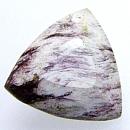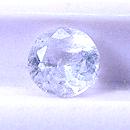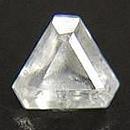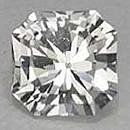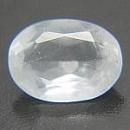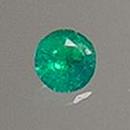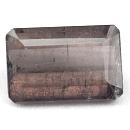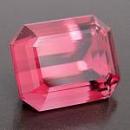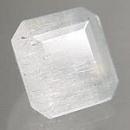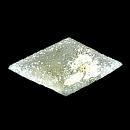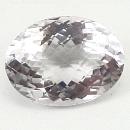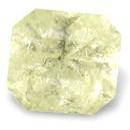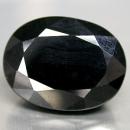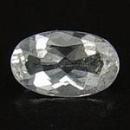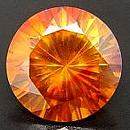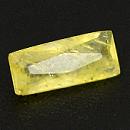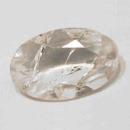|
ClassicGems.net |
|
|
|
|
| Pyroelectric Gems |
|
|
|
|
Pyroelectricity is the ability of certain mineral crystals to generate an electrical potential when they are heated or cooled. As a result of this change in temperature, positive and negative charges move to opposite ends of the crystal through migration (i.e. the material becomes polarized) and so, an electrical potential is established. The following gems are Pyroelectric. Read more information below. |
|
|
|
Pyroelectricity Pyroelectricity can be visualized as one side of a triangle, where each corner represents energy states in the crystal: kinetic, electrical and thermal energy. The side between electrical and thermal corners represents the pyroelectric effect and produces no kinetic energy. The side between kinetic and electrical corners represents the piezoelectric effect and produces no heat. Although artificial pyroelectric materials have been engineered, the effect was first discovered in minerals such as Quartz, Tourmaline, Londonite and other ionic crystals. The pyroelectric effect is also present in both bone and tendon. Pyroelectric charge in minerals develops on the opposite faces of asymmetric crystals. The direction in which the propagation of the charge tends toward is usually constant throughout a pyroelectric material, but in some materials this direction can be changed by a nearby electric field. All pyroelectric materials are also piezoelectric, the two properties being closely related. Very small changes in temperature can produce an electric potential due to a materials' pyroelectricity. Passive infrared sensors are often designed around pyroelectric materials, as the heat of a human or animal from several feet away is enough to generate a difference in charge. History Crystal Classes
The property of pyroelectricity is the measured change in net polarization (a vector) proportional to a change in temperature. The total pyroelectric coefficient measured at constant stress is the sum of the pyroelectric coefficients at constant strain (primary pyroelectric effect) and the piezoelectric contribution from thermal expansion (secondary pyroelectric effect). Under normal circumstances, even polar materials do not display a net dipole moment. As a consequence there are no electric dipole equivalents of bar magnets because the intrinsic dipole moment is neutralized by "free" electric charge that builds up on the surface by internal conduction or from the ambient atmosphere. Polar crystals only reveal their nature when perturbed in some fashion that momentarily upsets the balance with the compensating surface charge. |
